Abuelita Toña’s Capirotada, a Mexican Bread Sweet for Easter
- December 2021
- By Naomi Rodriguez
- Recipe from Mexico
-
- (5)
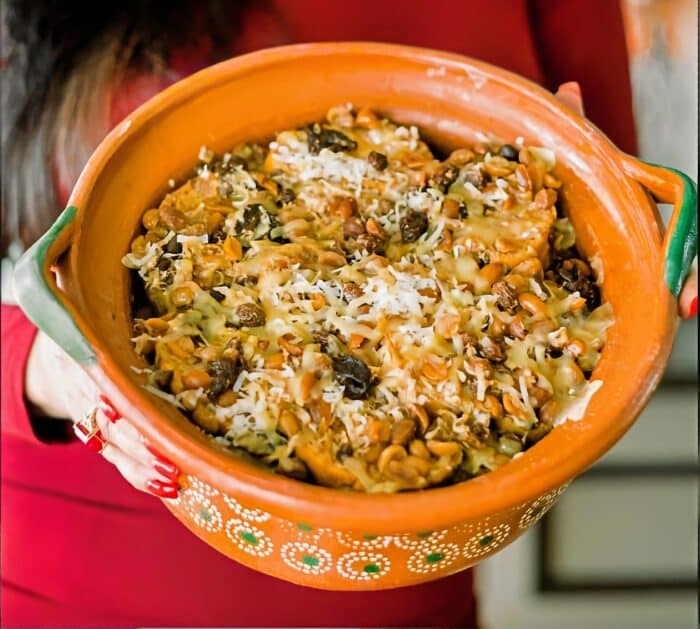
Capirotada, a traditional Mexican dessert made with bread, piloncillo sugar and other sweet sabores, was the star of Abuelita Toña’s Pascua spread every year in East Los Angeles. Her daughters still make it: It is delicioso, hearty and the perfect traditional treat to fill the hearts and bellies of family and neighbors to celebrate the end of Lent.
“The point of having the capirotada: We eat it on Easter Friday when we don’t eat meat,” says her daughter, Naomi Rodriguez. ”So on Easter, my grandmother and mom would also make tortas de camarón [or shrimp] with mole and nopales. And then the dessert would be this capirotada.”
”This is a very traditional dish for Mexican people. And it’s amazing,” says Naomi. Which is why she, her sister Beatriz, and the rest of their family look forward all year to taking that first dulce bite of her mother’s family-famous dessert when they break the Lent fast.

Her mother, Antonia, called Toña or Toñita by everyone, was born in Guadalajara and moved to Los Angeles when she was a teen. She was famous for making this in huge portions, so there would be lots of leftovers. The family feasted on capirotada for days. ”My mom would start preparing it for the Friday Passover and we’d keep eating it all the rest of Easter weekend. It is just so good with a cup of coffee,” Naomi says, sighing at the comida memory.
My mother made her capirotada differently. Other people would put bananas and all this stuff in. And to me it was ugly and mushy, too sweet, too soggy. I didn’t like it. But my mom’s: Oh my God. Everyone loved her capirotada. It was just so good.
—Naomi Rodriguez of her mother’s family-famous Easter Friday capirotada
A Favorite Family Recipe That Was Almost Lost
This capirotada is such an important dish in her family, Naomi made sure to sit down with her mother to record it in a special binder she created, filled with Toña’s recipes.
”I tried to write things down when my mother was alive. But I thought that I had lost this. One day I was sitting down and I was going, ’Gosh, how I miss my mom’s capirotada.’ Because she had just passed. And I forgot that I had actually written it down. I just started glancing through the cookbook I made and said, ’Oh my God, I did write it down. I did.”
”And then that memory just came and flared. It opened up like a window. And then I remembered that day. That’s right! I sat down with her and went through all of it. That’s when I realized that I had forgotten some of the stuff that was in the original recipe. And now we have it all.”
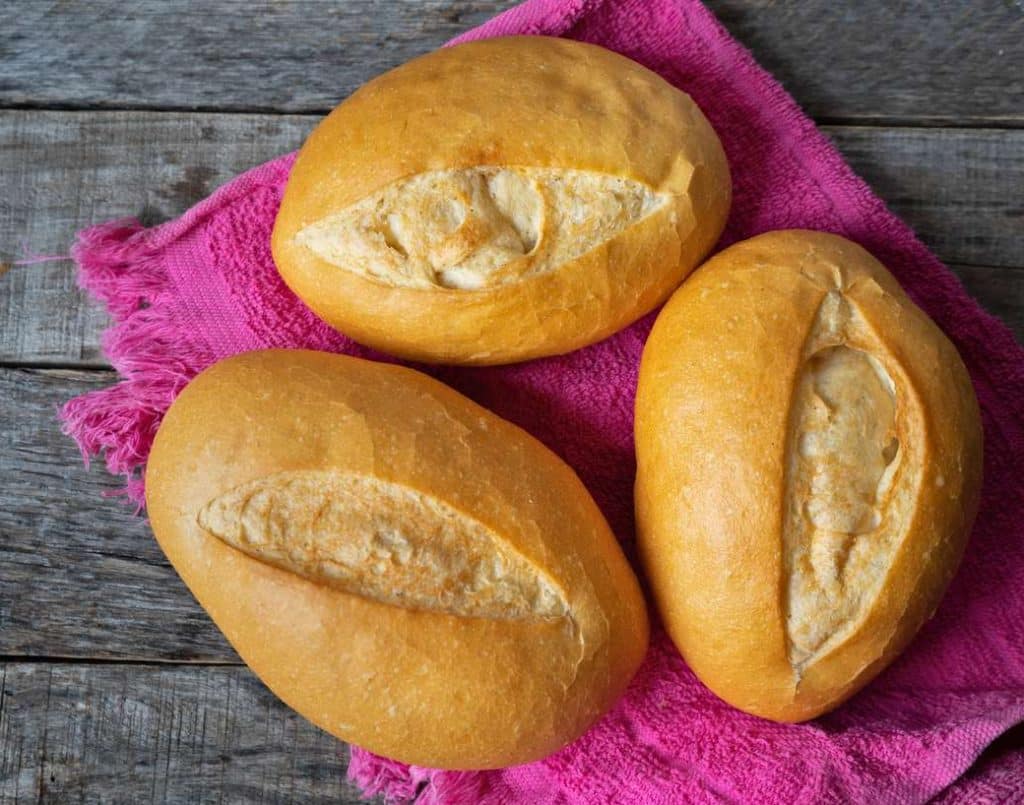
Begin With the Bread: Use Fresh Bolillos
This most important items to track down when making capirotada are real Mexican bolillos, those traditional, crusty small loaves of fresh white bread. They are used to make tortas, molletes and used as the daily pan in Mexican households back home and here in the States.
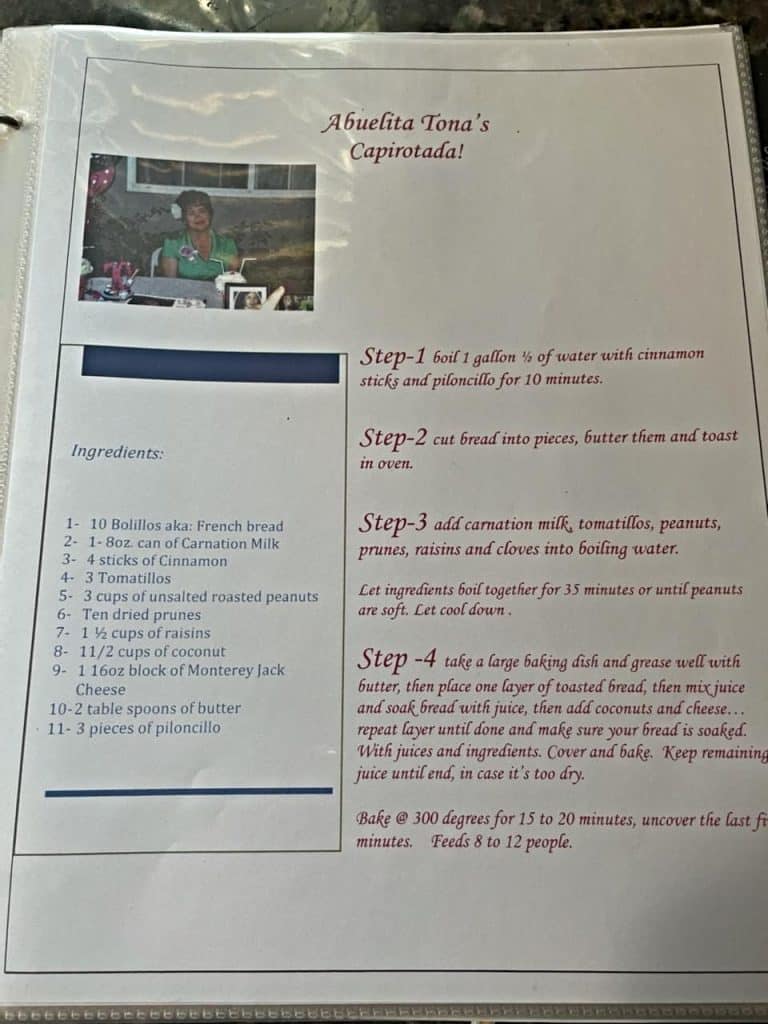
”Go to the Mexican bakery near you and get the freshest bolillos you can,” advises Naomi. If you can’t find them, you can substitute a baguette—but make sure it is a good one, or your capirotada will turn mushy. It needs a crisp crust and quality flour to shine.
Naomi knows what she is talking about when it comes to bread. ”I come from a family of bakers,” she says. Her grandmother, mother and stepfather each ran a baked-goods business in the East L.A. area.
And here is the other thing about Abuelita Toña’s capirotada: It wasn’t like anyone else’s. ”My mother made her capirotada different,” says Naomi. ”Other people would put bananas and all this stuff in. And to me, it was just ugly, mushy, too sweet and too soggy. I didn’t like it. But my mom’s: Oh my God. Everyone loved her capirotada. It was just so good.”

The surprising ingredients in Doña Toña’s recipe are grated coconut and prunes. ”The prunes for sure. The baked prunes. It was so nice to eat them. To bite into them ….” Naomi’s voice trails off, savoring the food memory. And missing her mother.
”I normally don’t make it, because I am really careful with my weight,” she says. But this year, she will be making the Easter family capirotada. And you can bet she will savor every bite—down to the last baked prune, she says.
”I only make it once a year, so I am going to enjoy it. If I am going to make it once a year, I go all the way. I don’t substitute. I put in everything. Just like when we make our family tamales once a year. I don’t substitute. I make it just like it is called for.”
Naomi will also follow her mother’s lead in making a lot of it. She plans on doubling or tripling the recipe to make a ”really big” capirotada. ”Oh my God, It is so good. It’s definitely a treat. I will give some to my brother, to my sister, to my niece,” says Naomi. ”Everyone loves it.”
For more of Naomi’s Mexican recipes, check out her equally family-famous Abuelita Paz’s secret mole recipe.
Ready to Bake Abuelita Toña’s Easter Week Capirotada?




Like This

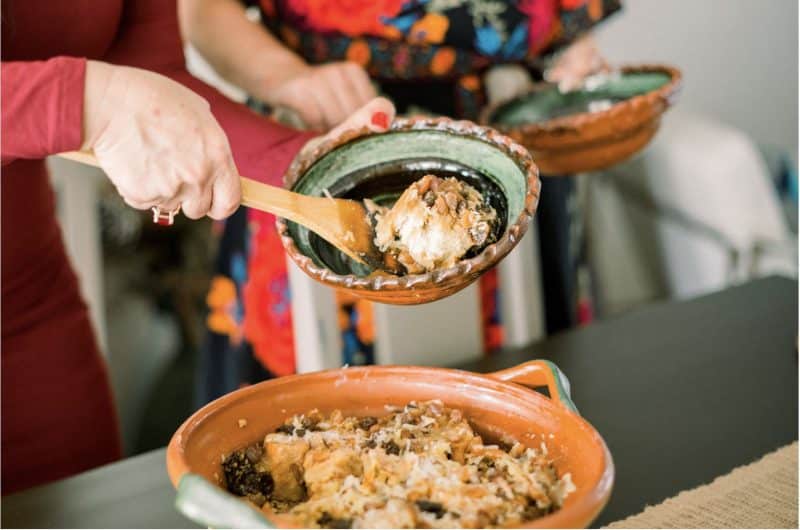

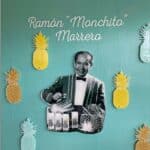



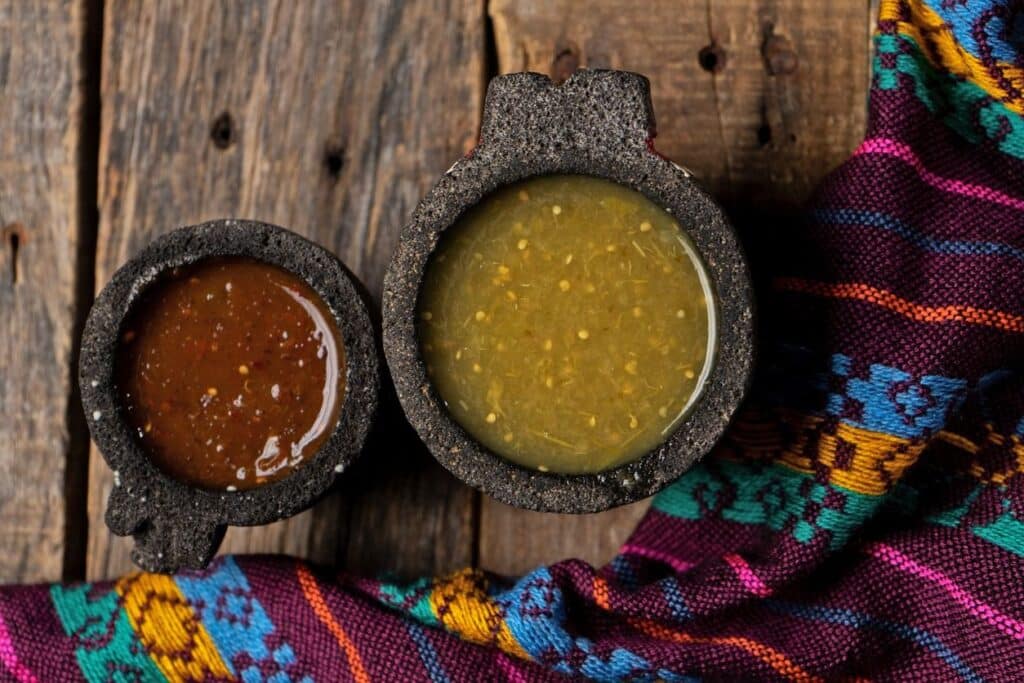


Got a question or suggestion?
Please rate this recipe and leave any tips, substitutions, or Qs you have!